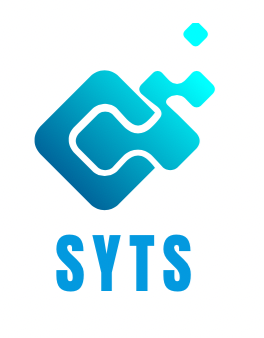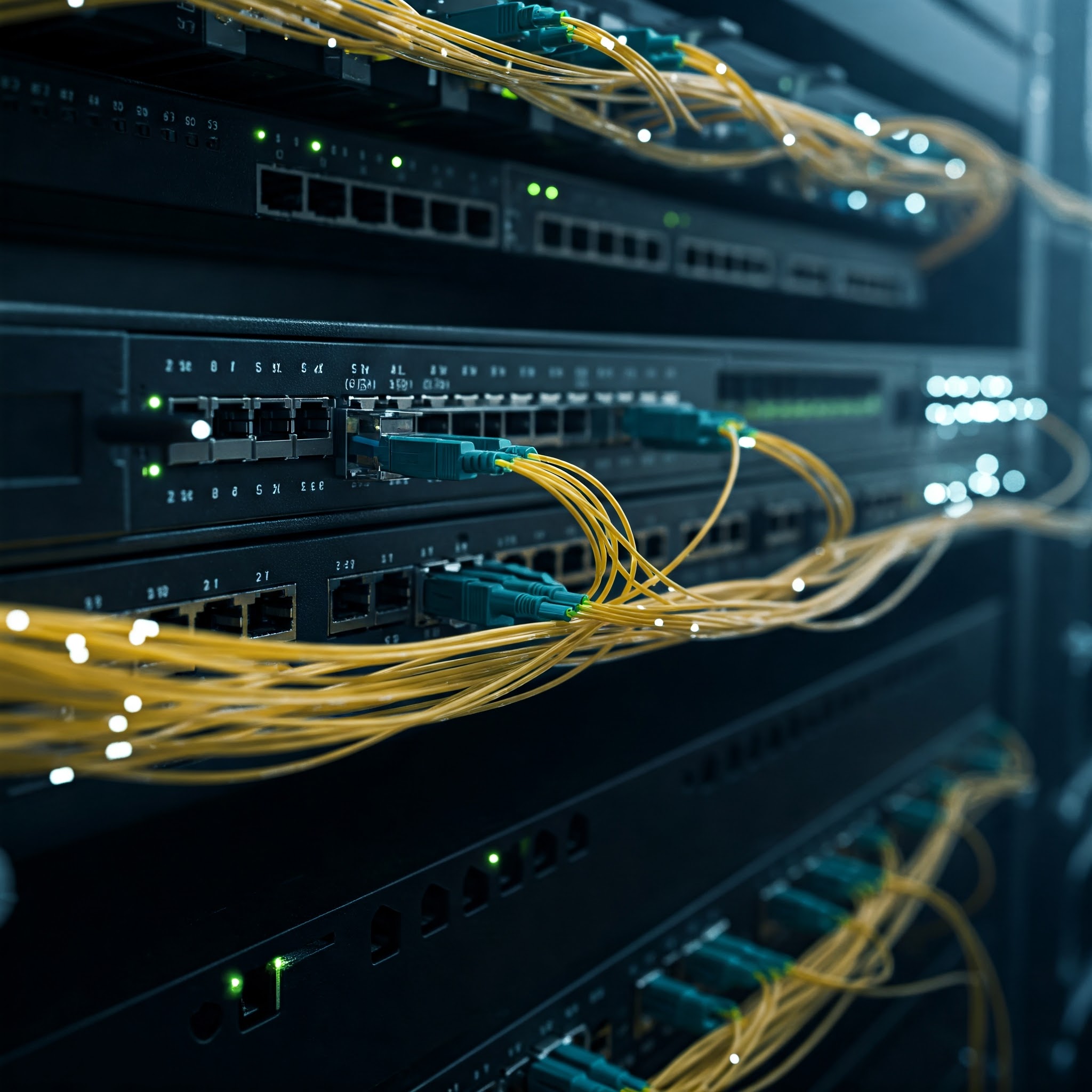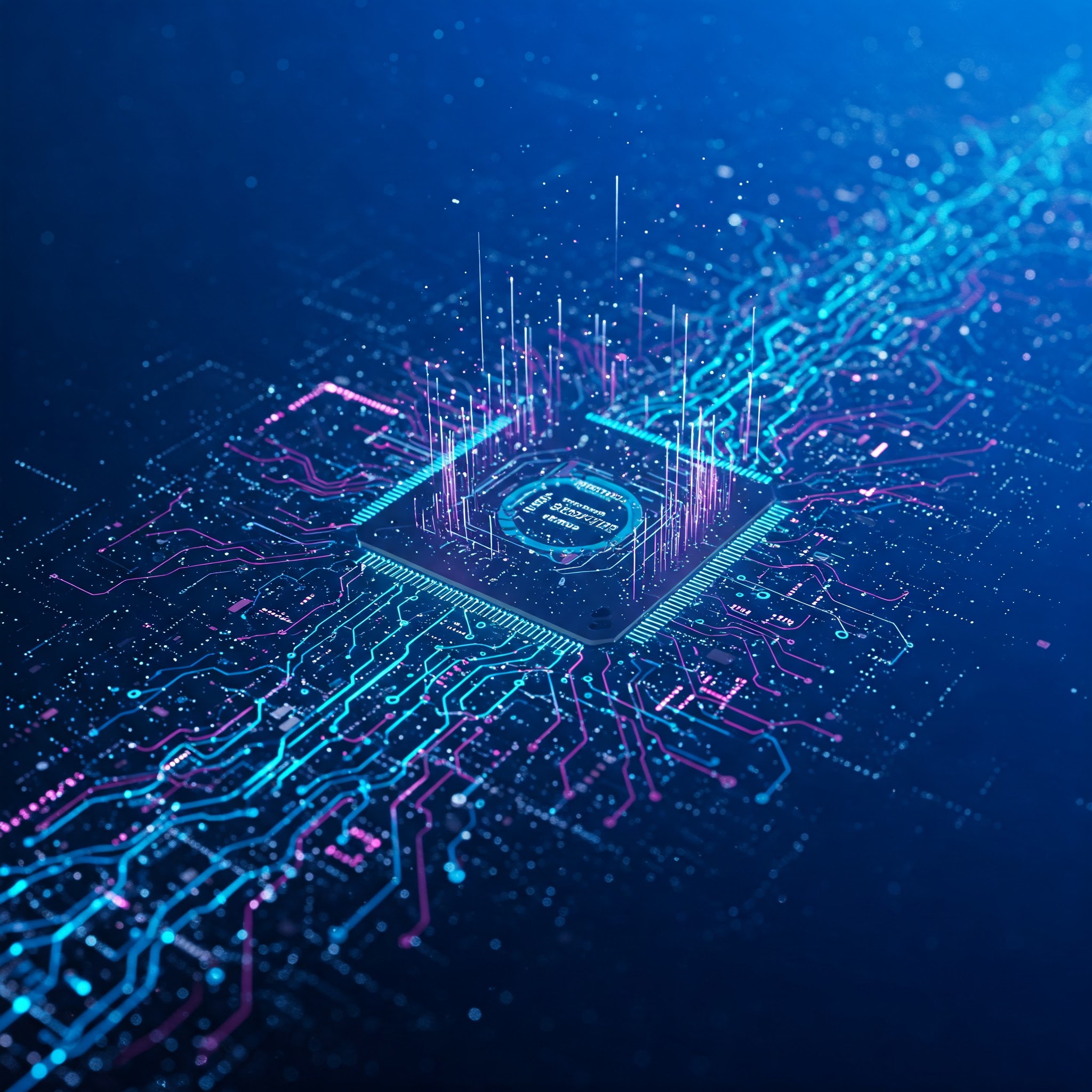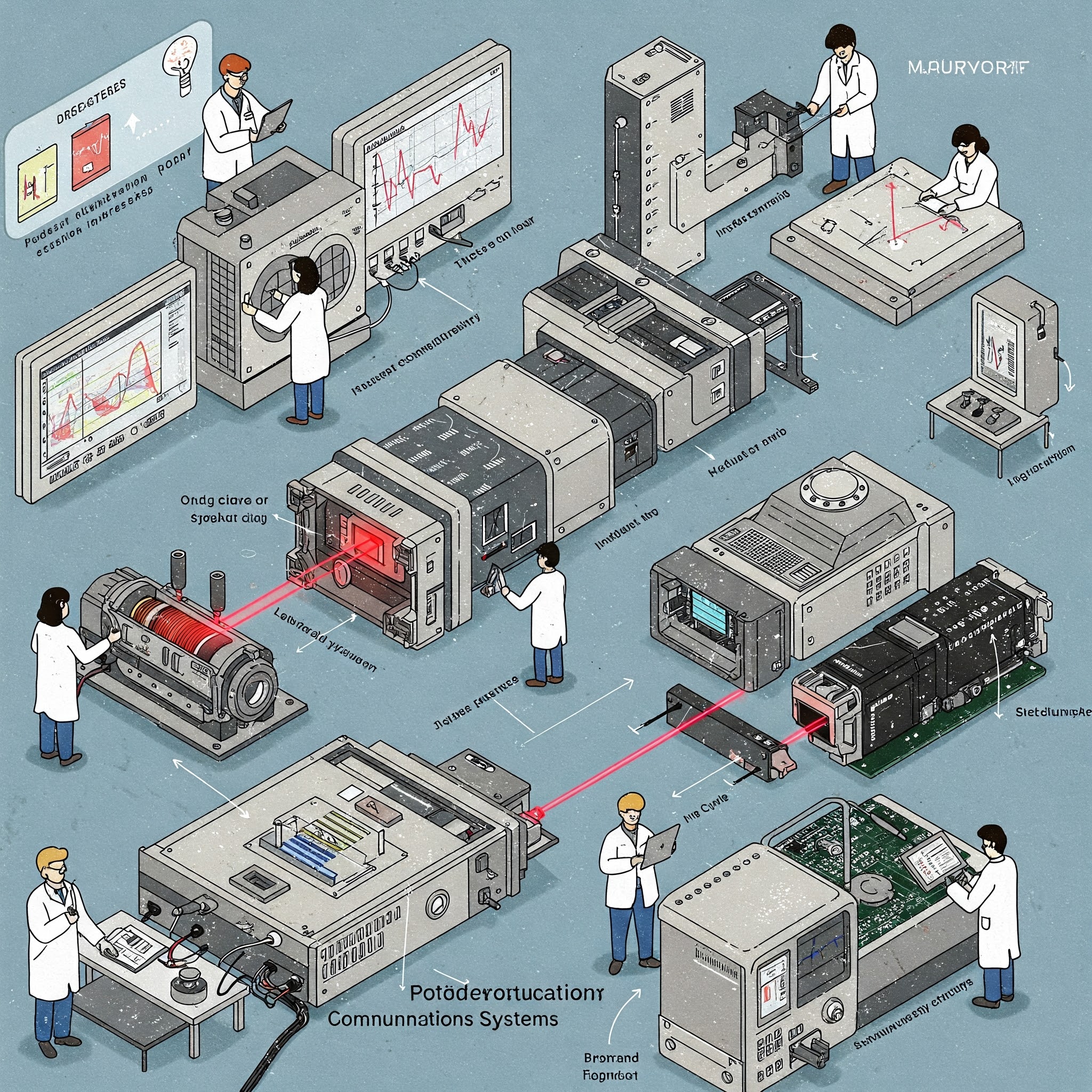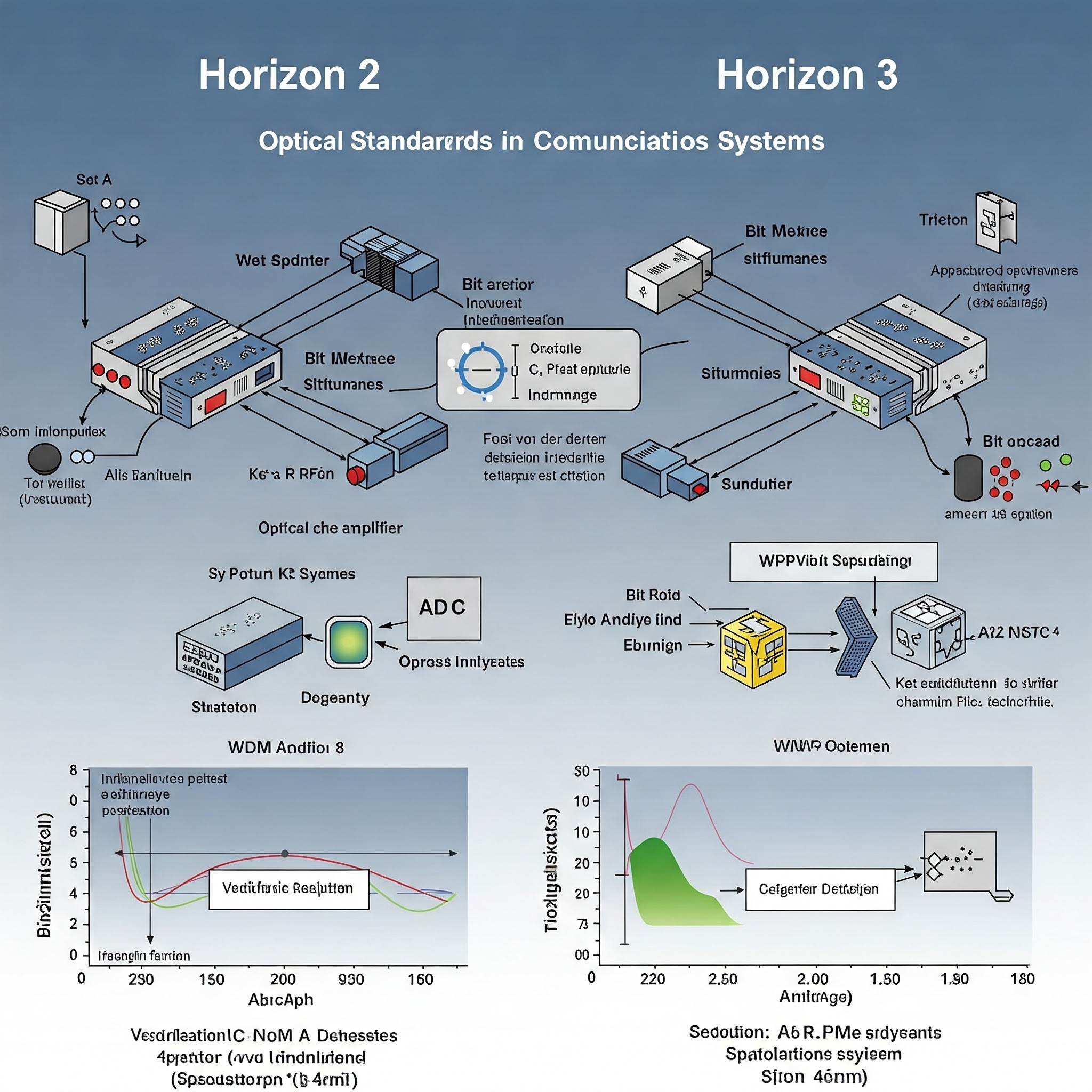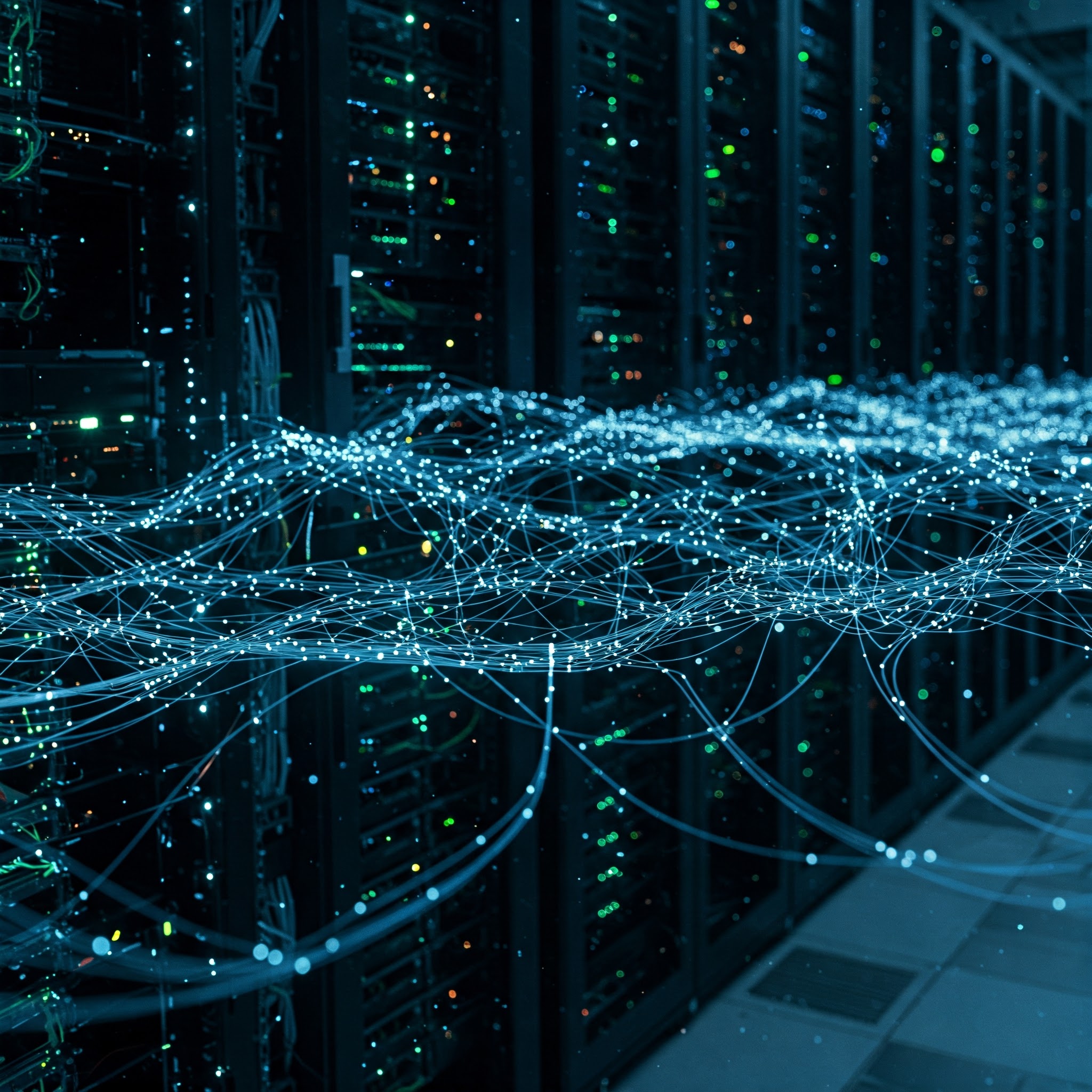
🔗 1. Data Center Hyperscale Connectivity
Focus: High-density, low-latency, and scalable interconnects.
Technology: Uses parallel optics (e.g., 400G/800G transceivers like QSFP-DD and OSFP), active optical cables (AOCs), and silicon photonics.
Trends: Co-packaged optics, AI/ML workloads driving demand for higher bandwidth, and shift toward disaggregated architectures.

🏠 2. FTTH (Fiber to the Home)
Connectivity Focus: Direct fiber connections from central office to residences.
Technology: PON (Passive Optical Networks), especially GPON, XGS-PON, and NG-PON2.
Trends: Gigabit and multi-gigabit broadband demand, symmetrical speeds, smart home integration.
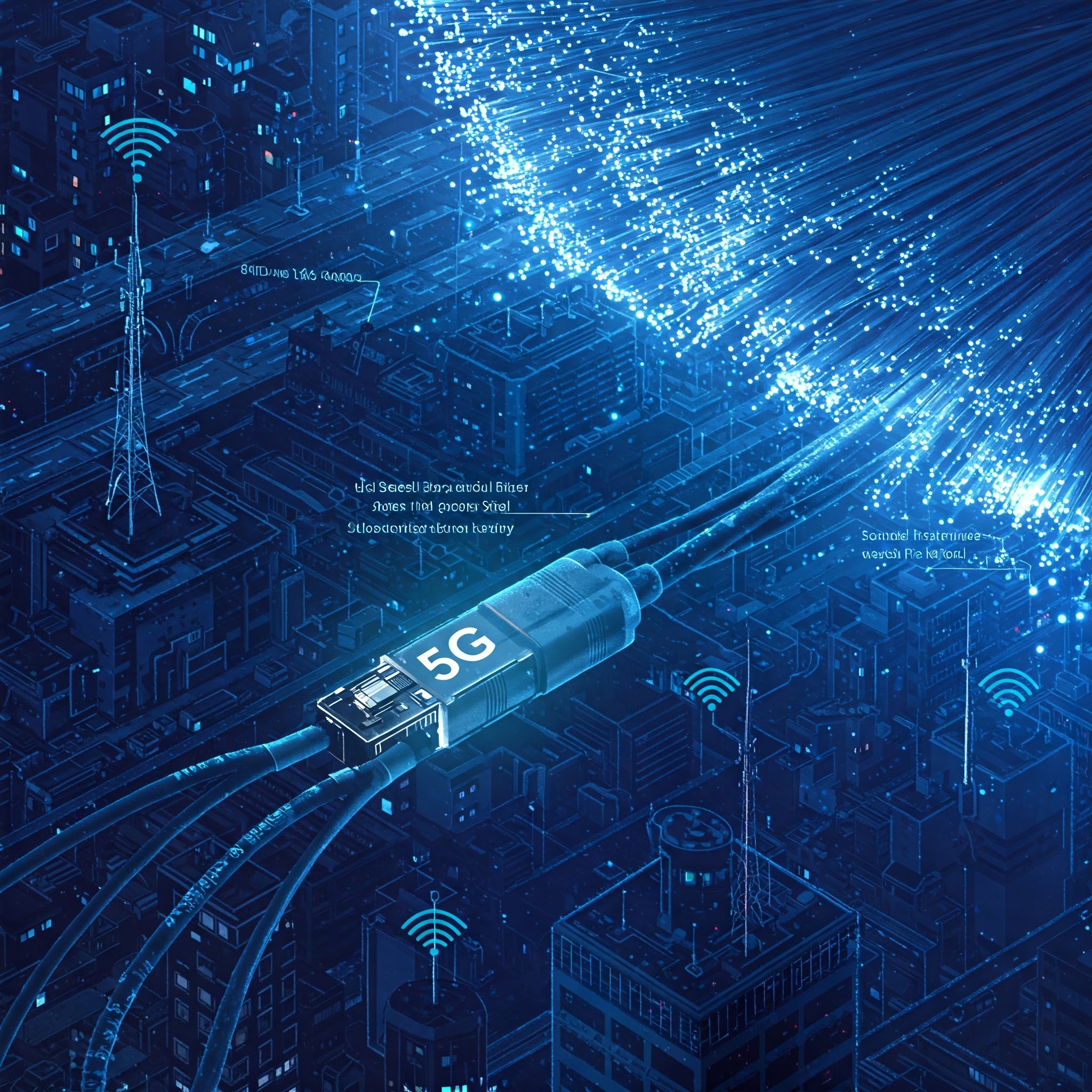
📶 3. 5G Network
Connectivity Focus: Fronthaul and backhaul for cell sites, requiring ultra-low latency and high bandwidth.
Technology: CPRI/eCPRI over fiber, WDM (Wavelength Division Multiplexing), and small form factor transceivers (e.g., SFP28, QSFP).
Trends: Open RAN, fiber deep deployment, and densification of fiber networks.
